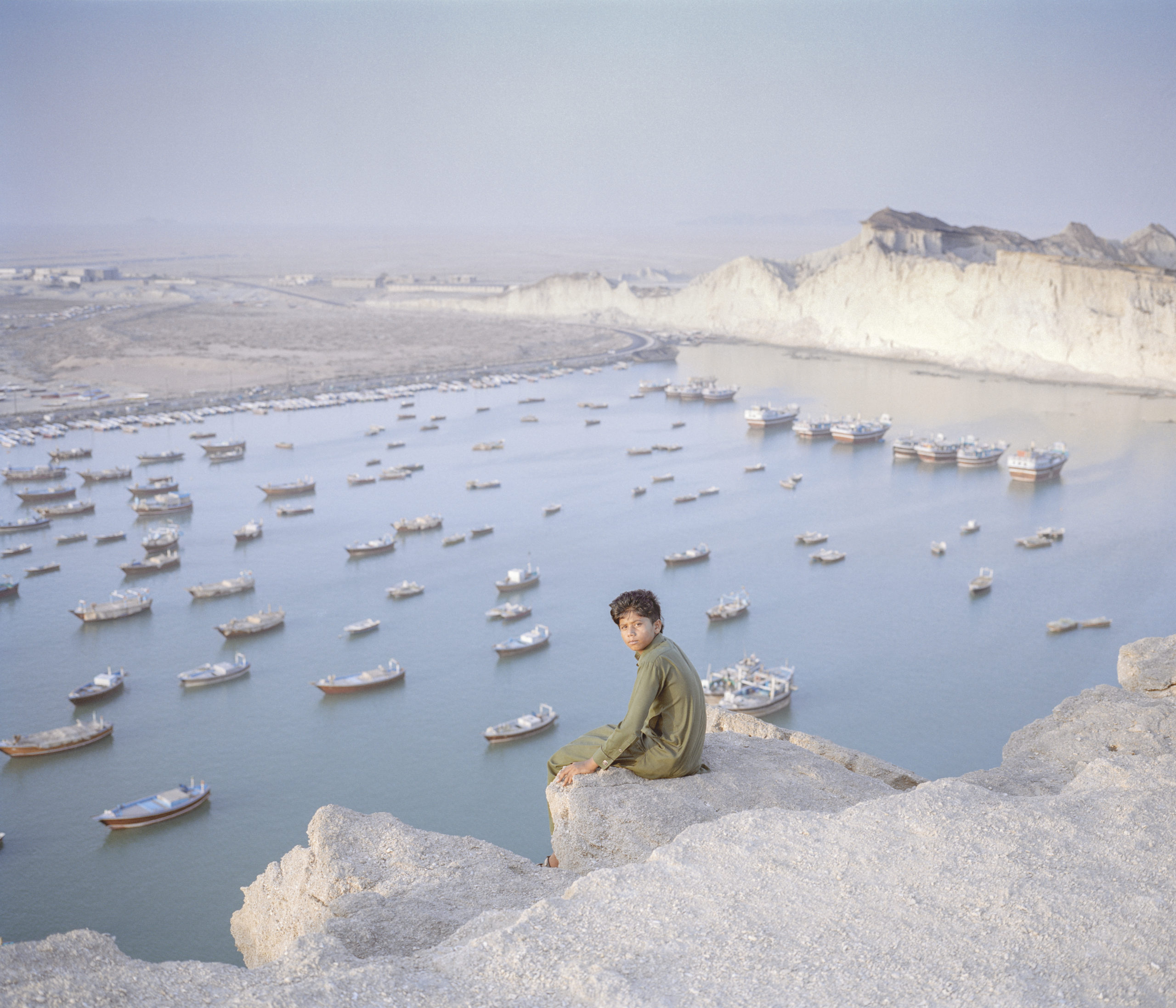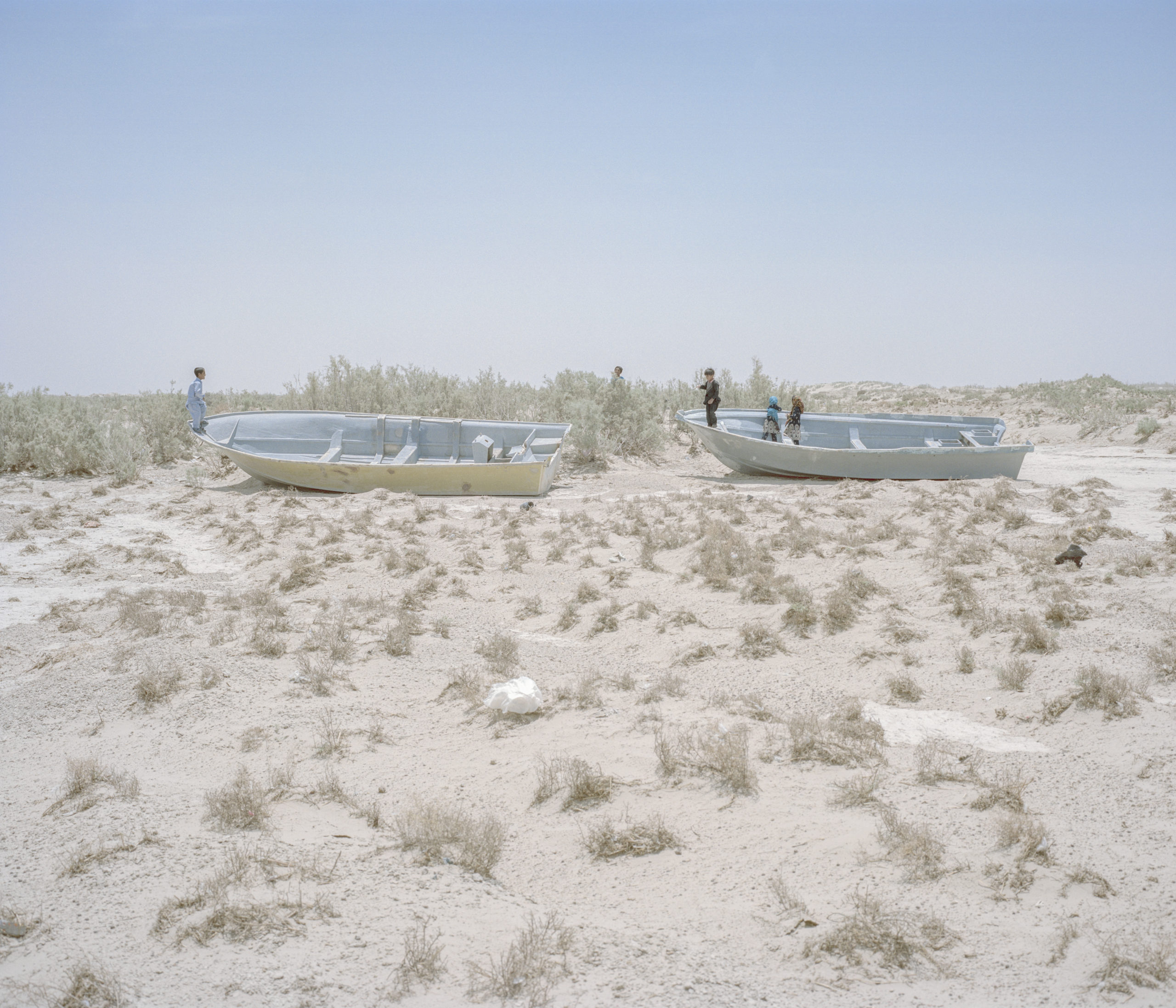Interview: Hashem Shakeri’s Poignant Series An Elegy For The Death Of Hamun

In his winning series, Hashem Shakeri explores climate change, loss, and depopulation in one of the largest provinces of Iran, Sistan and Baluchestan.
Once a forest in the distant past and with a history of over 5,000 years, it used to be a great source of crops in the country. Now, the province is facing rapid climate change, which has turned this vast region into an infertile desert.
Q: What motivated you to start your series An Elegy for the Death of Hamun?
People’s voices in this land are not heard and although Sistan and Baluchestan is the broadest province in Iran, it is the most oppressed one. According to the officials, out of 13 critical areas identified in Iran, 11 areas exist here in this province. Humans have become hardened in their battle with nature and they are fighting tooth and nail to survive. Human dignity is facing a deadly threat and human life is now history there. I think my smallest duty as a social documentary photographer is to represent the dimensions and consequences of this silent human catastrophe and I’d like to prevent the ultimate death of Hamun before Sistan’s body stops working forever and make the voices of this land’s silent, exhausted and forgotten people heard.
If this condition is not dealt with appropriately, soon we will face an infertile ground devoid of people called Sistan, the name of which can only be seen in the legendary history of Iran. So far, after three years, I’ve been able to depict part of these problems. And it’s of great importance to me to show the deeper levels of these problems. In order to create a deep and influential trilogy series, I need to live there and observe more accurately. And I won’t give up until I delve into the deeper levels of the current conditions and depict the pains of the people of this province.
Q: You’ve mentioned that one of your major concerns is the psychological investigation of human relationships in the contemporary world, while creating this series what emotions were present in those that you photographed?
In my first encounter with this exhausted and forgotten land in Sistan, I realized that the drying of Lake Hamun caused a deep and direct impact on the lives of the people. They have been mourning the drying of Hamun for years. Wherever I went, they talked about drought and Hamun. They believed that Hamun had taken life away with itself. The place reminded me so much of Waiting for Godot. A people who had a magnificent past waiting for that past to reappear again.

Q: Though the imagery is quite heartbreaking the tones you’ve created seem to create a poetic juxtaposition, how did you go about creating this?
In this project, I took all the photographs using the analog format and I applied three to four step-overs. The truth is in this trilogy, I want my photographs to convey a sense of bitterness and, at the same time, be beautiful – and I don’t mean beautiful in the stereotypical sense. I wish to purport a form of contrast between the actual content of each photograph and color, overexposure, and aesthetics. I believe that this contrast provides more suspense and reflection for the audience. In this trilogy, I try to capture people in a state of austerity, as they appear to be somehow lost in time and place, and I try to freeze them at a certain moment as they’re bewildered and stuck in repetitive loops in their lives.
There are moments that you don’t know why a certain frame seems good, you don’t know if it’s because of the content or the atmosphere but something from the inside tells you that you should press the shutter and capture that space. I think there’s no technical or scientific explanation, it’s just some intuition or feeling that comes from the artist’s exclusive sense of beauty or aesthetics and it’s not like anybody else’s in the world. It just happens with the artist’s intuition in that certain time and place and each artist captures his or her own atmosphere or moment.
I wish to represent a timeless and placeless, nowhere geography. The things that happen there can happen anywhere on this earth, to anyone, in any language. It is the world of human beings who are struggling with the basic issues of human life, with the human condition, regardless of nationality, ethnicity, religion. This is my point of departure and my work isn’t limited to a particular person or situation; but rather, it has a universal characteristic.
Q: Last week, An Elegy for the Death of Hamun made its first stop at the PhotoIreland Festival what do you hope viewers take away from this series?
My first and main concern revolves around the all-out destruction of the environment, which as a global issue has affected human life and has roots in capitalism. Never before has the earth seen this much destruction. At the current moment, the ecosystem and environment are harshly treated and violated by humankind and many species have faced the danger of extinction, all of which boils down to environmental destruction by humans.
We are facing an urgent condition for the ecology of the earth which not only endangers the various species on Earth but also directly poses a threat to the lives of humans in different places around the globe. Deforestation, global warming, rising sea levels, increasing floods, storms, droughts, and climate change, in general, have had a detrimental effect on the lives of different species on Earth. It’s really awful to see Sistan, a historical land of myths, legends, and Iranian epics, which used to be called the reservoir of cereals and which was described as a land with green forests, abundant water, and fertile soil be damaged.
We should do something before we have to sing an elegy at the funeral of our little Earth in this vast cosmos.
Q: Are there any stories you’ve recently felt compelled to cover or projects you are currently working on?
Yes, I’m working on part three of An Elegy for the Death of Hamun trilogy. I’m also working on an experimental stage project and a film/photo project on the COVID-19 crisis in Iran.
Hashem Shakeri’s series An Elegy for the Death of Hamun was selected as the Grand Prix Winner of the 7th edition of the Tokyo International Photography Competition. His work along with 7 other featured photographers is currently on view at the PhotoIreland Fest


